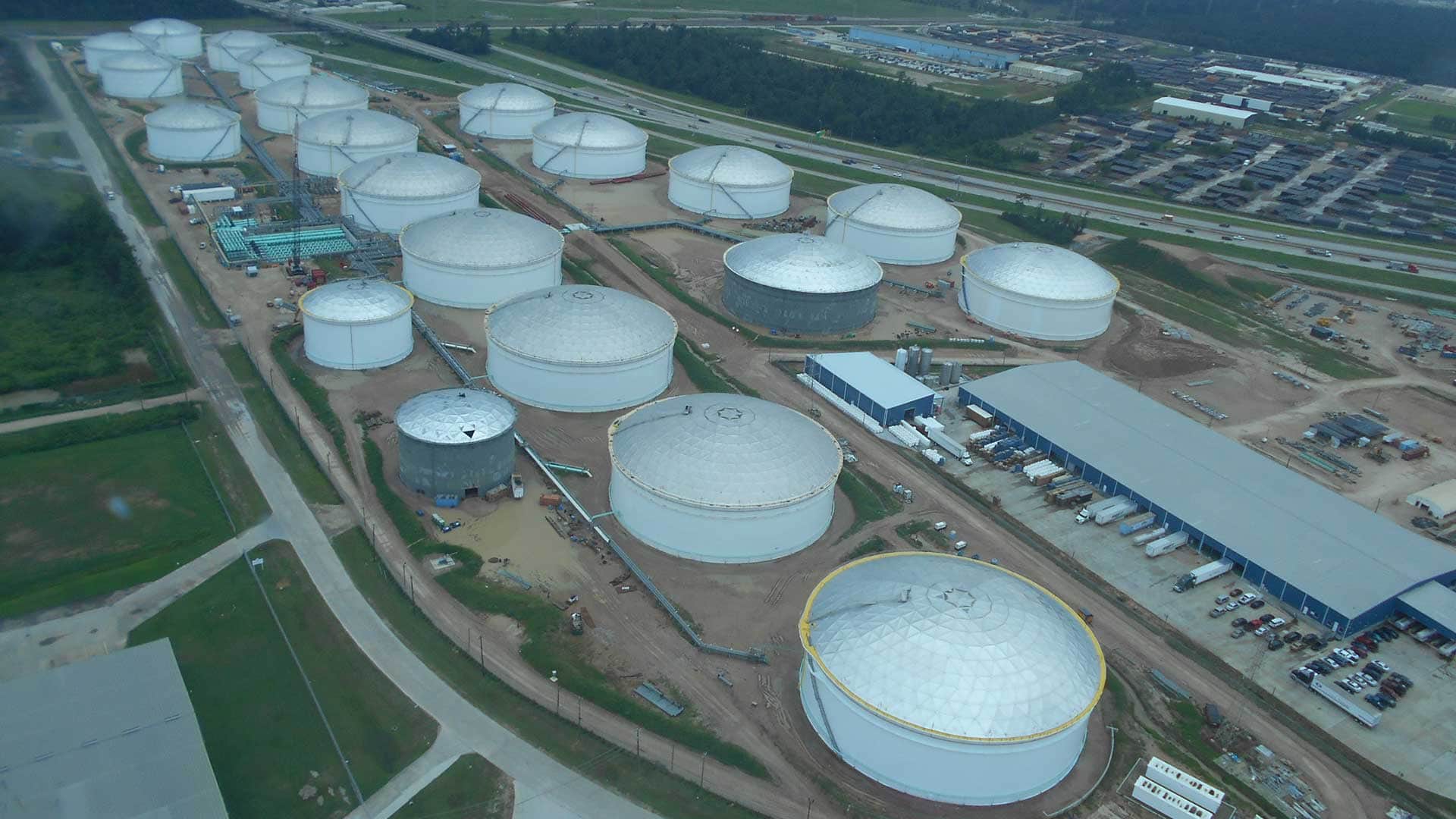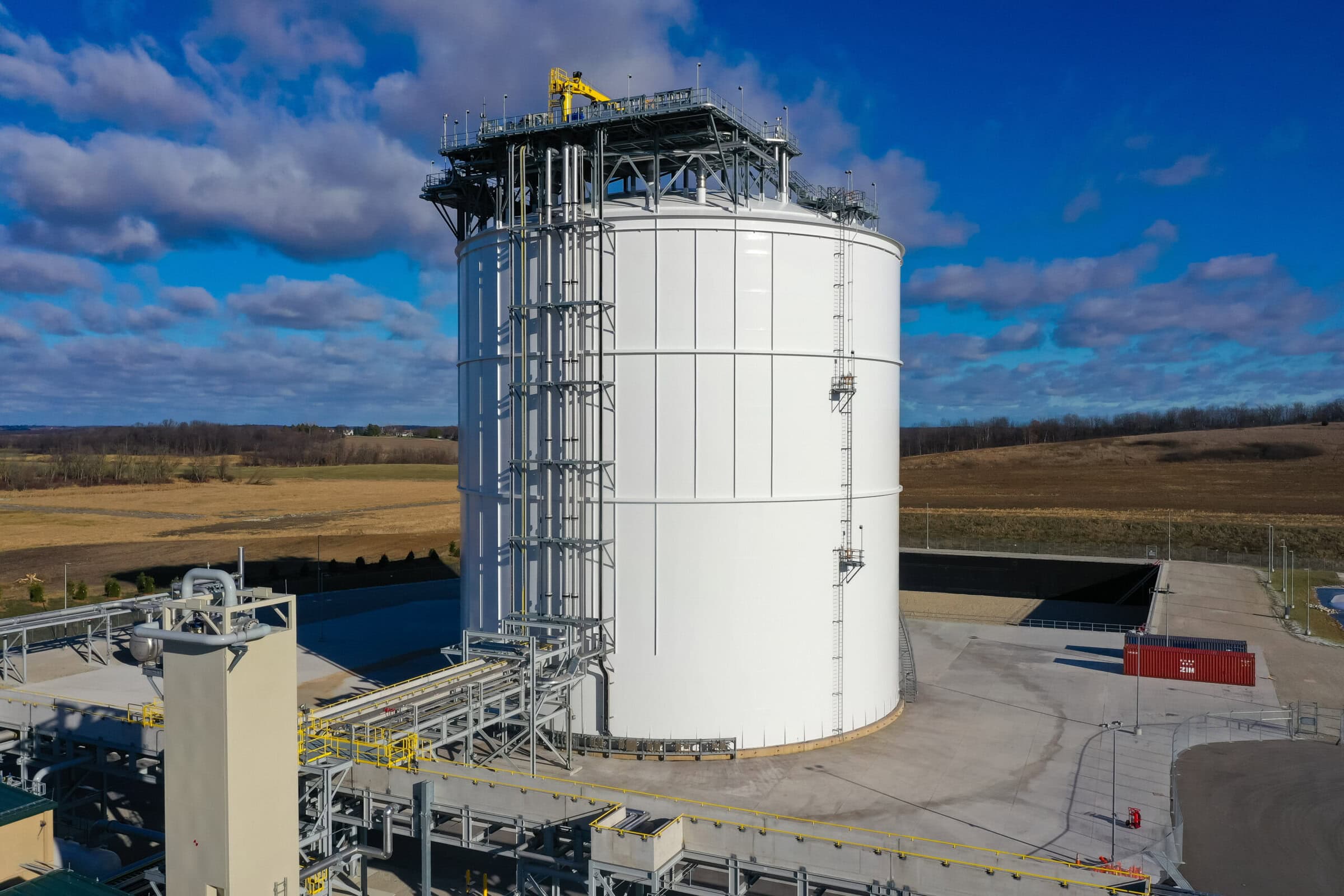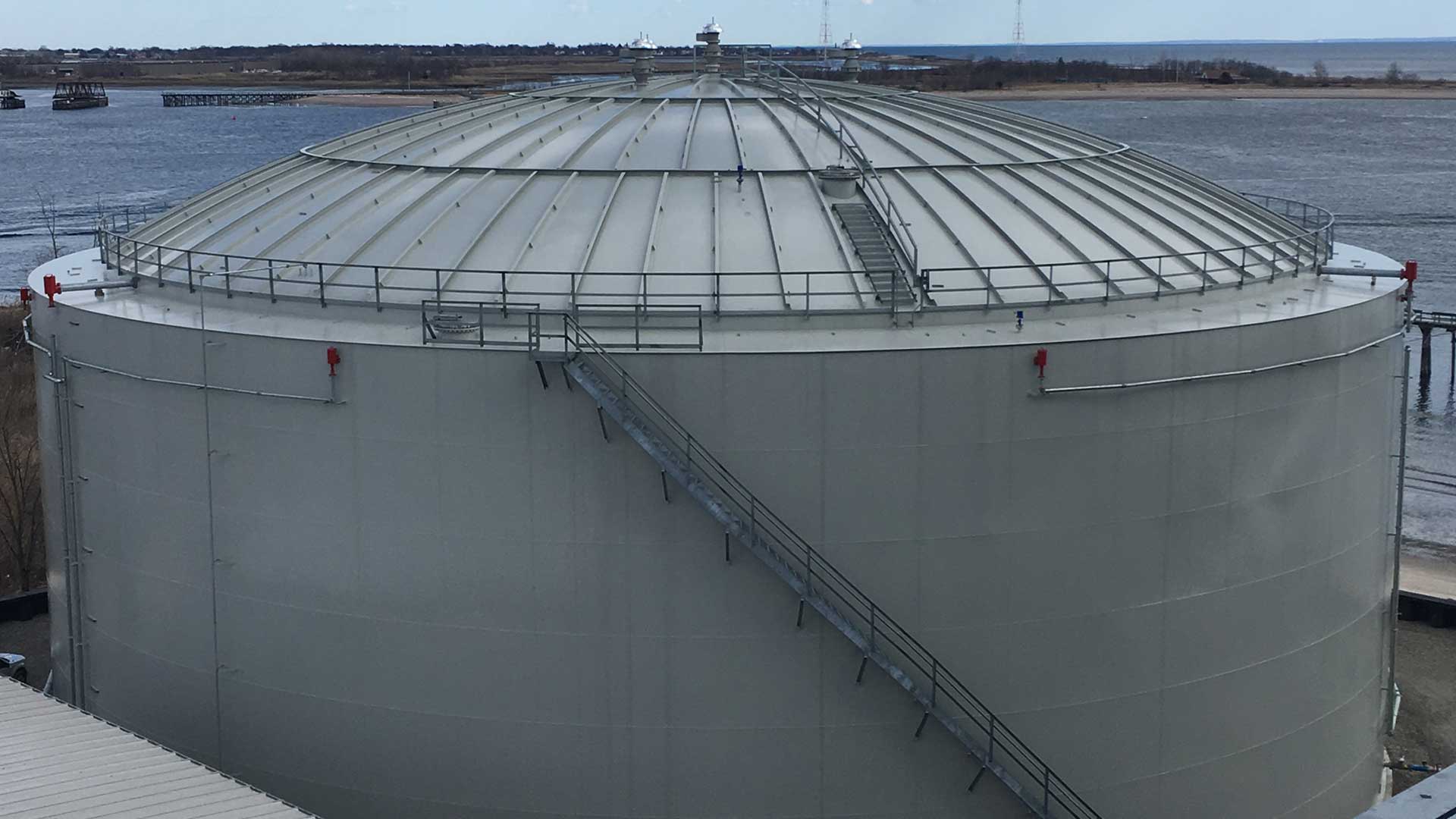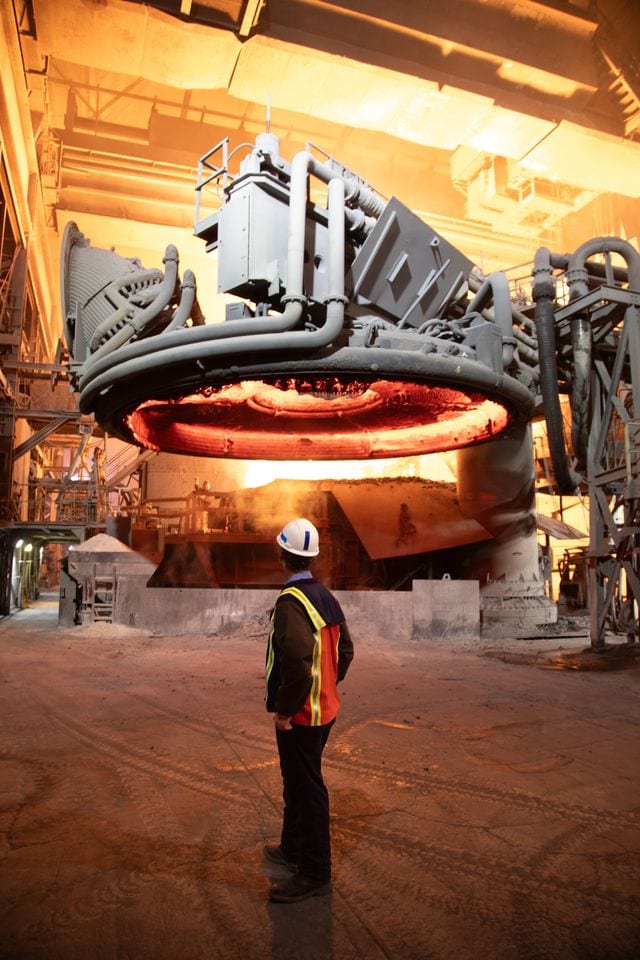Once planning and design phases are complete, the construction of a field erected steel storage tank begins. This process involves rigorous preparation, safety protocols, and expert craftsmanship to ensure the tank’s structural integrity and operational readiness.
Site Preparation
The first step is site preparation, which includes:
- Earthwork to address local geotechnical conditions and ensure a stable foundation.
- Installation of secondary containment systems to prevent environmental contamination.
Tank Assembly Process
After the site is prepared, construction proceeds in several stages:
Floor Assembly
Construction begins with the assembly of floor plates, which are welded together to form the tank bottom.
Shell Installation
Following the floor, the first course of shell plates is installed. These plates form the vertical wall of the tank. All welding is conducted by certified welders and is inspected regularly using industry-standard methods such as radiographic, ultrasonic, and magnetic particle testing.
Portions of the tank shell are often intentionally left open during construction. These temporary access points ensure safe entry, facilitate material flow, and help reduce confined space hazards.
Elevated Work & Roof Installation
As the tank grows in height, workers rely on elevated platforms and are equipped with fall protection. The tank roof and/or floating roof is installed once the upper shell courses are completed, sealing the structure.
Testing & Commissioning
When construction concludes, a certified inspector verifies the tank’s integrity. This includes:
- Inspection of shell welds – a certain percentage of the tank welds need to be tested using in depth inspection techniques like x-ray or phased array ultrasonic testing.
- Testing of floor welds for leaks – floor welds are evaluated for leaks using vacuum box testing.
- Hydrostatic testing – filling the tank with water to confirm structural soundness and detect settlement issues.
- Final inspections – ensuring all welds, supports, and components meet design specifications.
- Tank Construction Documentation – at the time of tank commissioning, all information pertaining to the tank construction, inspection, testing, and final certification should be provided to the new tank owner.
After testing, the tank is drained, cleaned, and any external equipment—such as gauges, sample ports, and mixers—is installed. The inspector then signs off, certifying that the tank is ready for operational service.
Post-Construction Responsibility
With the construction complete, the focus shifts to ongoing maintenance. Regular inspections and maintenance are crucial to preserving and prolonging the tank’s performance and ensuring safety throughout its service life.
Published Date
July 1, 2025
Author
Resource Type
- Guidance
Topic
- Field Erected Tanks
- Industrial Storage Tanks






